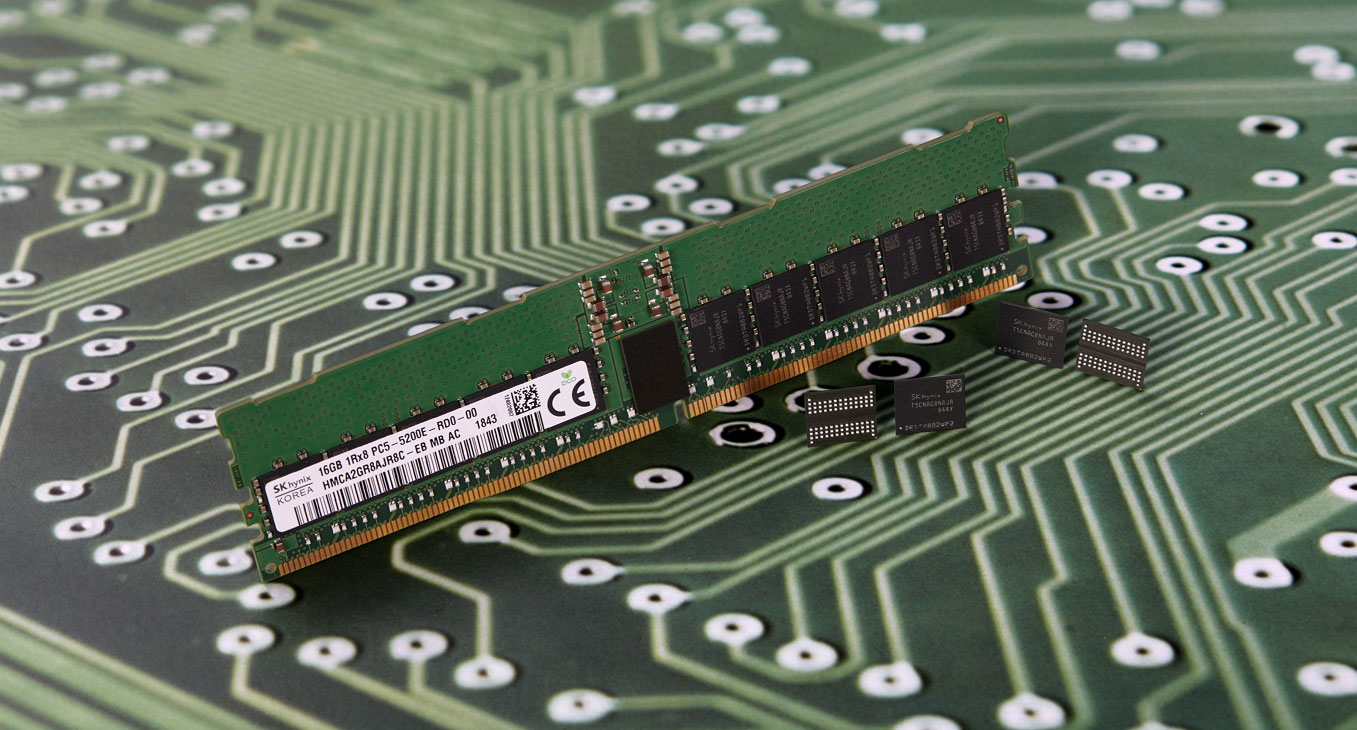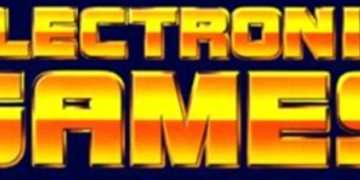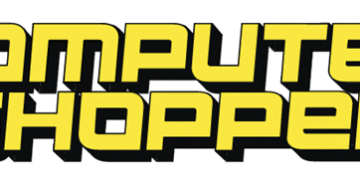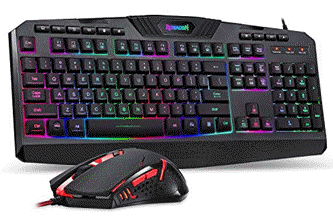2025-03-31 11:39:00
www.pcgamer.com

Spell checking is such a ubiquitous feature of today’s software that we expect to see it in browsers and basic text editors, and on just about every computing device. However, 50 years ago, it was a significant challenge to implement due to the paucity of memory that affected even the supercomputers of the era. The solution was so effective that the core technology developed—a lossless compression algorithm—is still in use today.
Okay, so a five-decade computing story is hardly ‘news’ but thanks to a timely reminder of the work at Hackaday, we felt that it was worth sharing and for that, we must turn to Abhinav Upadhyay’s blog on the subject.
It all began in 1975 when programmers at AT&T were looking to implement Unix as a text processor for the company’s patents division. Operating systems aren’t the normal choice for a word processor but hey, things were kinda different back then. One barrier to using Unix in such a role was that it would need to have a fully functional spell-checking system.
The simplest way of doing this is dumping an entire dictionary into system memory and then just having the computer look up the words. However, not only would this be very slow to do, but computers of that time simply didn’t have enough memory to store a dictionary as is. As Upadhyay starts in his blog: how does one fit a 250 kb file into just 64 kB of RAM?
You compress it, of course, but that’s not as easy as it may seem. For example, I can make a 256 kb text file, containing over 260,000 identical characters, and use a file compression tool and the Lempel–Ziv–Markov chain algorithm (LMZA) to squash it down to just 257 bytes, but that’s on a modern computer, with an ultra-fast, multicore processor and huge amounts of speedy RAM—and it’s a useless dictionary.
AT&T were using PDP-11 machines which are light years away in terms of processing power and memory. Searching through such a compressed file on a machine of that age would be unusable in real terms and my squashed-up text file is good for one word only.
The first prototype of a spell checker for Unix took computer scientist Steve Johnson the better part of an afternoon to create and while it worked, it was slow (because it was disk-based) and prone to mistakes. Douglas McIlroy, Unix pioneer at Bell Laboratories, then took up the gauntlet and tackled the problem on two fronts: an algorithm for reducing the size of words in the dictionary and a data structure for the dictionary so that it could fit into a few kB of system memory.
Updadhyay goes through all the mathematics behind both mechanisms and it’s fascinating reading, although it does require a thorough grounding in math and computer science to stand any chance of understanding.
What matters is the end result. McIlroy’s work ultimately resulted in an algorithm that required an astonishing 14 bits of memory for each word; a dictionary with 30,000 entries would take up a fraction under 52 kB. The theoretical minimum size with the system is 13.57 bits (the higher memory usage was to make it faster to look up words) so it’s fair to say that McIlroy did an incredible job. That level of usable compression remains unmatched to this day, in terms of how close it gets to its theoretical limit.
Part of his solution involved the use of Golomb coding, a form of lossless compression that’s still in use today, in the form of Rice coding, as used in FLAC, Apple Lossless, and Lossless JPEG. Modern spell checkers work very differently, of course, and they’re certainly not under the same processing and RAM constraints that Johnson and McIlory were—Notepad, for example, requires 32 MB of memory just for itself and that kind of RAM could only be dreamed about in the 1970s.
It’s proof, if any was ever needed, that the most creative programming solutions are born under the duress of hardware constraints. Today’s computers are so capable, with such vast amounts of resources to hand, that many solutions are of the form ‘it just works’—while I’m not suggesting we should go back to a world of kHz clock speeds and pitiful amounts of memory, I do wish software companies would take a leaf from early programmers on how to maximise what you’ve got.
Take your gaming to the next level! The Redragon S101 RGB Backlit Gaming Keyboard is an Amazon’s Choice product that delivers incredible value. This all-in-one PC Gamer Value Kit includes a Programmable Backlit Gaming Mouse, perfect for competitive gaming or casual use.
With 46,015 ratings, an average of 4.6 out of 5 stars, and over 4K+ bought in the past month, this kit is trusted by gamers everywhere! Available now for just $39.99 on Amazon. Plus, act fast and snag an exclusive 15% off coupon – but hurry, this offer won’t last long!
Help Power Techcratic’s Future – Scan To Support
If Techcratic’s content and insights have helped you, consider giving back by supporting the platform with crypto. Every contribution makes a difference, whether it’s for high-quality content, server maintenance, or future updates. Techcratic is constantly evolving, and your support helps drive that progress.
As a solo operator who wears all the hats, creating content, managing the tech, and running the site, your support allows me to stay focused on delivering valuable resources. Your support keeps everything running smoothly and enables me to continue creating the content you love. I’m deeply grateful for your support, it truly means the world to me! Thank you!
|
BITCOIN
bc1qlszw7elx2qahjwvaryh0tkgg8y68enw30gpvge Scan the QR code with your crypto wallet app |
|
DOGECOIN
D64GwvvYQxFXYyan3oQCrmWfidf6T3JpBA Scan the QR code with your crypto wallet app |
|
ETHEREUM
0xe9BC980DF3d985730dA827996B43E4A62CCBAA7a Scan the QR code with your crypto wallet app |
Please read the Privacy and Security Disclaimer on how Techcratic handles your support.
Disclaimer: As an Amazon Associate, Techcratic may earn from qualifying purchases.









































































































